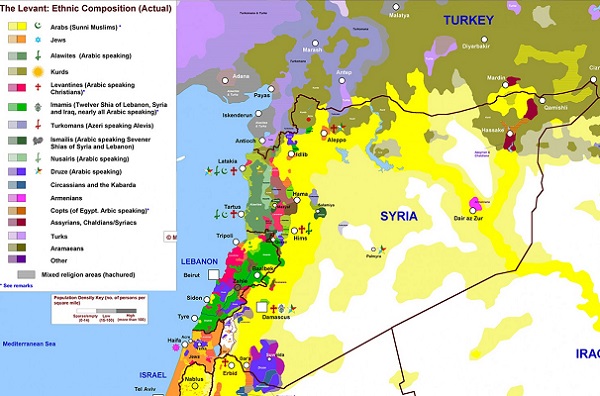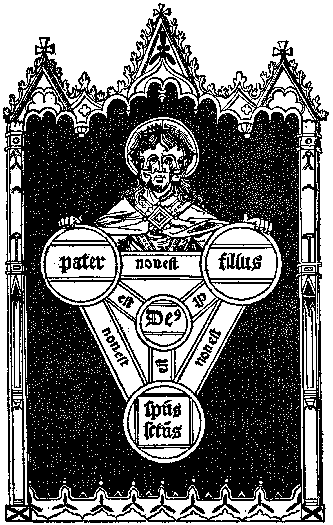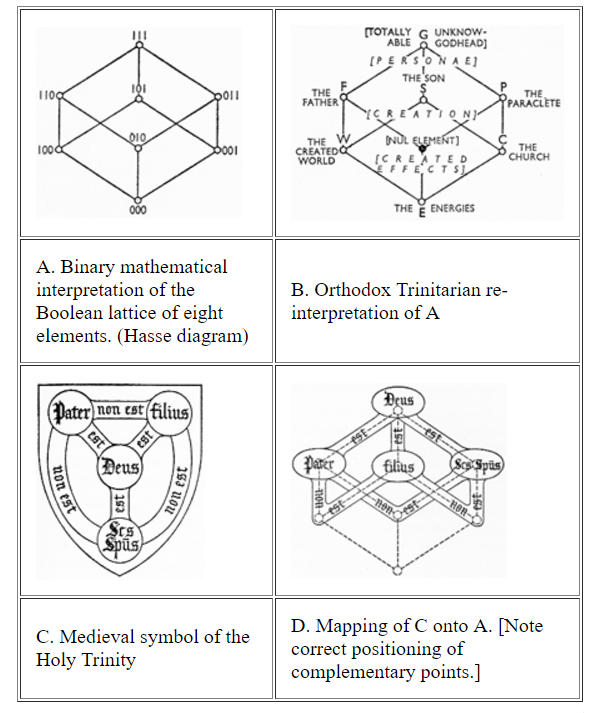Quant and qualit in regards to “al wala’ wal bara'”
Thursday, August 24th, 2017[ by Charles Cameron — score one for quantitative, links-based analysis ]
.
It’s not so surprising that JM Berger‘s exploration of concepts in IS propaganda notes first that the title of al-Mujahir‘s speech which he will be digging into in greater detail — “Be Patient, For Indeed the Promise of God is Truth” — is a Quranic reference, then turns to the same root concepts — first tawhid, and then al wala’ wal bara’ —
The first is tawhid, or monotheism, a belief in the indivisible oneness of God, which can be extrapolated into a “rejection of legal, class, social, political, racial, national, territorial, genetic, and economic distinctions” and general political unity among Muslims. Importantly, this concept provides a divine mandate linking the Eligible InGroup to the Extremist In-Group.
The second concept is wala and bara (loyalty and enmity), which functions “as a tool of ‘in-group’ control”, which is broadly interpreted by jihadists to mean that Muslims are required to stand together loyally (wala) and fight outsider and outside influences (bara), across spiritual, emotional and physical dimensions.
— that Joas Wagemaker and others have found cento jihadist thought:
Notably, the concept of al-wala’wal-bara’ was taken a step further by a Hanbali scholar, Hamd ibn ‘Ali ibn ‘Atiq (d. 1883), who, as Joas Wagemakers perceptively observed, connected al-wala’ wal-bara’ with the concept that can be seen as the very basis of Islam, the unity of God (tawhid). In other words, a Muslim cannot profess his belief in tawhid, and by extension Islam, if he does not demonstrate his enmity toward non-Muslims. Moreover, ibn ‘Atiq used Qur’anic verses, in particular Surat 60:4, to uphold the necessity of expressing bara’. The trend that ‘Atiq established by binding al-wala’ wal-bara’ to the foundation of Islam continued into the twentieth century, where it was taken up in Saudi Arabia by religious scholars who supported or opposed the Saudi rulers.
— Robert Rabil, Salafism in Lebanon: From Apoliticism to Transnational Jihadism
Wagemakers ties this conjunction of tawhid with al-wala’ wal-bara’ to Juhayman al-‘Utaybi, and thence back to al-Faraj and forward again to al-Maqdisi. Al-‘Utaybi’s Mahdist occupation of the Grand Mosque in Mecca on the first day of the current Islamic century should be viewed as the founding moment for the movement of Salafist jihad leading directly to ISIS’ proclamation of the caliphate.
**
It is when the quantitative, “linkage-based” conceptual analysis kicks in —
— that the power of the digital approach makes itself clear.
Here we have dozens of phrases linked to beliefs, traits, and practices, which are susceptible of manipulation for counter-messaging — in a way which picks on the weak points in existing jihadist propaganda. This JM achieves by comparing al-Mujahir’s recent speech with al Adnani‘s 2011 “The Islamic State Will Remain Safe”.
In al-Adnani, grandiose predictions; in al-Mujahir, more realistic appraisal, six years later. In the gap, potential for illustrating IS’ failure to live up to its promises over that six year period.
JM’s approach, utilizing the prior work of his ICCT colleagues Haroro Ingram, gets into the weeds, into the detail, in a way that theologically-minded scholars have not.
For the Quant side, a distinct win.











